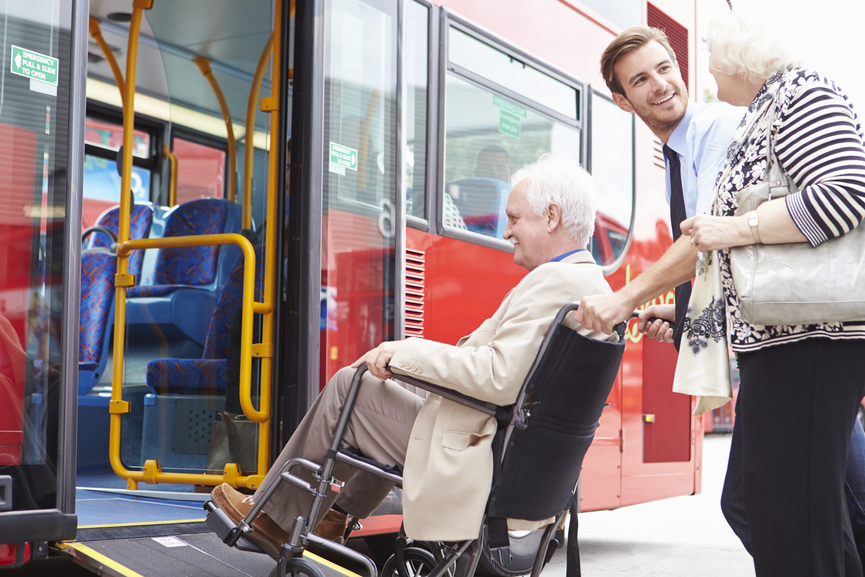Mobility contributes to the physical and mental health of everyone, including the elderly. Improved mobility for the elderly undoubtedly brings benefits. But, how can you help to improve mobility for older adults? Here are some tips!
1) Exercise
If older adults move more, mobility will automatically improve. The elderly usually need to cross this threshold first because of concerns about their ability to exercise adequately and without danger. They are afraid of falling or having problems along the way. Therefore, it is essential to eliminate the fear of exercise and seek incentives for this group. Plan activities and make exercise fun.
2) Technical Support
Older adults are often still unaware of the possibilities offered by modern navigation systems. So, businesses need to remove as many barriers as possible. Try to find equipment that is easy to use and provide clear instructions that can be repeated regularly.
3) Improve Safety
Many older people feel unsafe in heavy traffic and are reluctant to go outside. Restoring this certainty is essential for older adults to feel safe going out on the street. In some cases, technological tools such as smartphones and tablets can help restore this safety. Knowing that seniors can contact care providers in this way can make a big difference in mobility.
4) Training
If an older person indicates that he or she is having trouble with mobility issues, the idea can be to begin training. Dedicated driving training sessions are available for elderly people who want to continue driving and have concerns. However, training can also be an option to increase mobility concerning other means of transportation, such as electrically assisted bicycles. For seniors who have not used them for a long time, even a training course on “managing current public transportation” can be a significant improvement.

5) Scooters
The number of scooters in use has grown enormously in recent years, testifying their superiority as a means of transportation for the elderly. While this step may not be crucial for older adults who used to drive, it is an essential step for the rest of the elderly. Therefore, the caregiver’s role is to help the elderly purchase an appropriate scooter and learn how to use this means of transportation properly.
6) Explore Alternative Modes of Transportation
Seniors are often reluctant to admit that driving and other activities are becoming more complex. However, this can significantly reduce their mobility because of their restrictions on themselves. They become less courageous and talk less about it, or not at all, or avoid certain things. Therefore, it is the role of the care provider to find alternatives. Public transportation is a good option, especially for the elderly who can still walk. In this case, the older adult needs to be supported to take that step.
7) Confidence
Studies have shown that when elderly people are hospitalized, they begin to reduce their mobility compared to their previous life at home. This significantly reduces mobility. It is often wise to encourage as much independence as possible for the elderly to become active again. As the elderly can do more of the things they can and want to do independently, they may choose to become more mobile again. Of course, this must be accomplished with the necessary guidance.

8) Rollator
One of the easiest and most effective ways to get older adults mobile again is by using a rollator. Rollators allow for better balance and allow elderly to walk longer distances with courage and safety. There is also a threshold for rollators that care providers often neglect. Elderly people sometimes believe that constant rollator use will give them new confirmation of their social exclusion. Caregivers should prevent this image.
Let us know if these few tips have helped you in the comments below!







